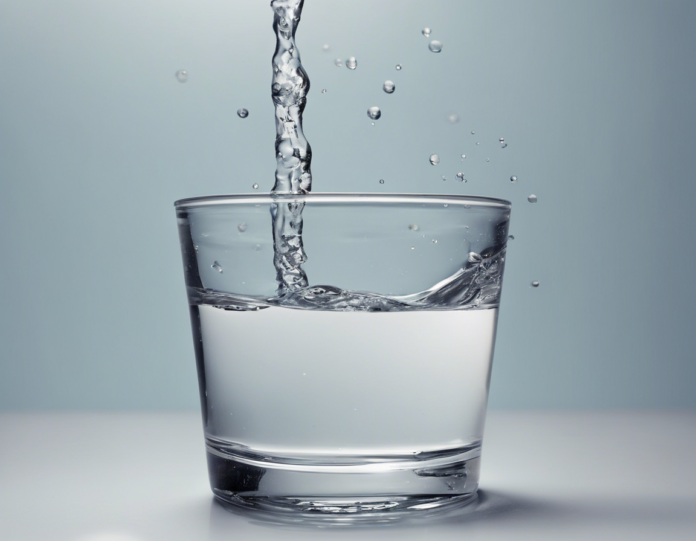Understanding why water remains in a liquid state at room temperature is a fundamental concept in physics and chemistry, pivotal for grasping the behavior of substances in their different states of matter. Water, with its simple molecular structure comprising two hydrogen atoms and one oxygen atom (H2O), displays unique characteristics and properties that contribute to its liquid state at room temperature.
Molecular Structure of Water
The arrangement of atoms and bonds within a molecule influences its physical state at a given temperature. In the case of water, the oxygen atom forms covalent bonds with the two hydrogen atoms, creating an asymmetrical shape. This asymmetry results in a polar molecule where the oxygen side carries a partial negative charge while the hydrogen side holds a partial positive charge. This polarity of the water molecule leads to hydrogen bonding, a unique type of intermolecular force that plays a crucial role in keeping water in a liquid state.
Hydrogen Bonding in Water
Hydrogen bonding occurs between the partially negative oxygen atom of one water molecule and the partially positive hydrogen atom of another. These intermolecular attractions are responsible for the cohesive properties of water, allowing the molecules to stick together. In the liquid state, water molecules are in constant motion, with the hydrogen bonds breaking and reforming rapidly. This continuous process prevents the water molecules from moving too far apart and transitioning into a gaseous state.
Temperature and Energy
The kinetic energy of molecules is directly related to the temperature of a substance. At room temperature, water molecules possess enough energy to overcome the intermolecular forces holding them together, allowing them to flow and take the shape of their container. While the hydrogen bonds in water are relatively strong compared to other liquids, they are not strong enough to withstand the kinetic energy at room temperature that would be necessary to form a solid structure.
Density Anomaly of Water
Another intriguing characteristic of water that contributes to its liquid state at room temperature is its density anomaly. Most substances contract and become denser as they cool down, eventually solidifying. However, water behaves uniquely by expanding as it freezes, causing ice to be less dense than liquid water. This phenomenon occurs due to the way water molecules form crystal lattices in the solid state, creating open structures that take up more space than the liquid form.
Environmental Impact
The fact that water exists as a liquid at room temperature is essential for life on Earth. Being the universal solvent, liquid water is crucial for biological processes and chemical reactions that support living organisms. The hydrogen bonds in water enable nutrients and molecules to be dissolved and transported within organisms. Moreover, the ability of water to exist as a liquid over a wide temperature range stabilizes climatic conditions on the planet, making Earth habitable.
Conclusion
In conclusion, the molecular structure of water, characterized by polarity and hydrogen bonding, along with its density anomaly, elucidates why water remains a liquid at room temperature. These distinctive properties not only explain the fluidity of water but also underscore its vital role in sustaining life and maintaining ecological balance on Earth.
Frequently Asked Questions (FAQs)
Q: Why does water have a higher boiling point compared to similar molecules like hydrogen sulfide (H2S) and ammonia (NH3)?
A: The strong hydrogen bonding between water molecules requires more energy to break the bonds and transition to a gaseous state, leading to a higher boiling point.
Q: How does water’s density anomaly impact aquatic life during winter months?
A: The fact that ice floats on water prevents aquatic habitats from freezing solid, providing a layer of insulation for aquatic organisms below.
Q: Can water exist in a liquid state at extremely low temperatures?
A: Yes, under high pressure, water can remain in a liquid state at temperatures significantly below its usual freezing point.
Q: How does the presence of impurities affect the freezing and boiling points of water?
A: Impurities disrupt the hydrogen bonding between water molecules, requiring different temperatures for freezing and boiling compared to pure water.
Q: Why is water considered the “universal solvent” in chemistry?
A: Water’s polarity allows it to dissolve a wide range of solutes, making it an excellent solvent for various chemical reactions and biological processes.




